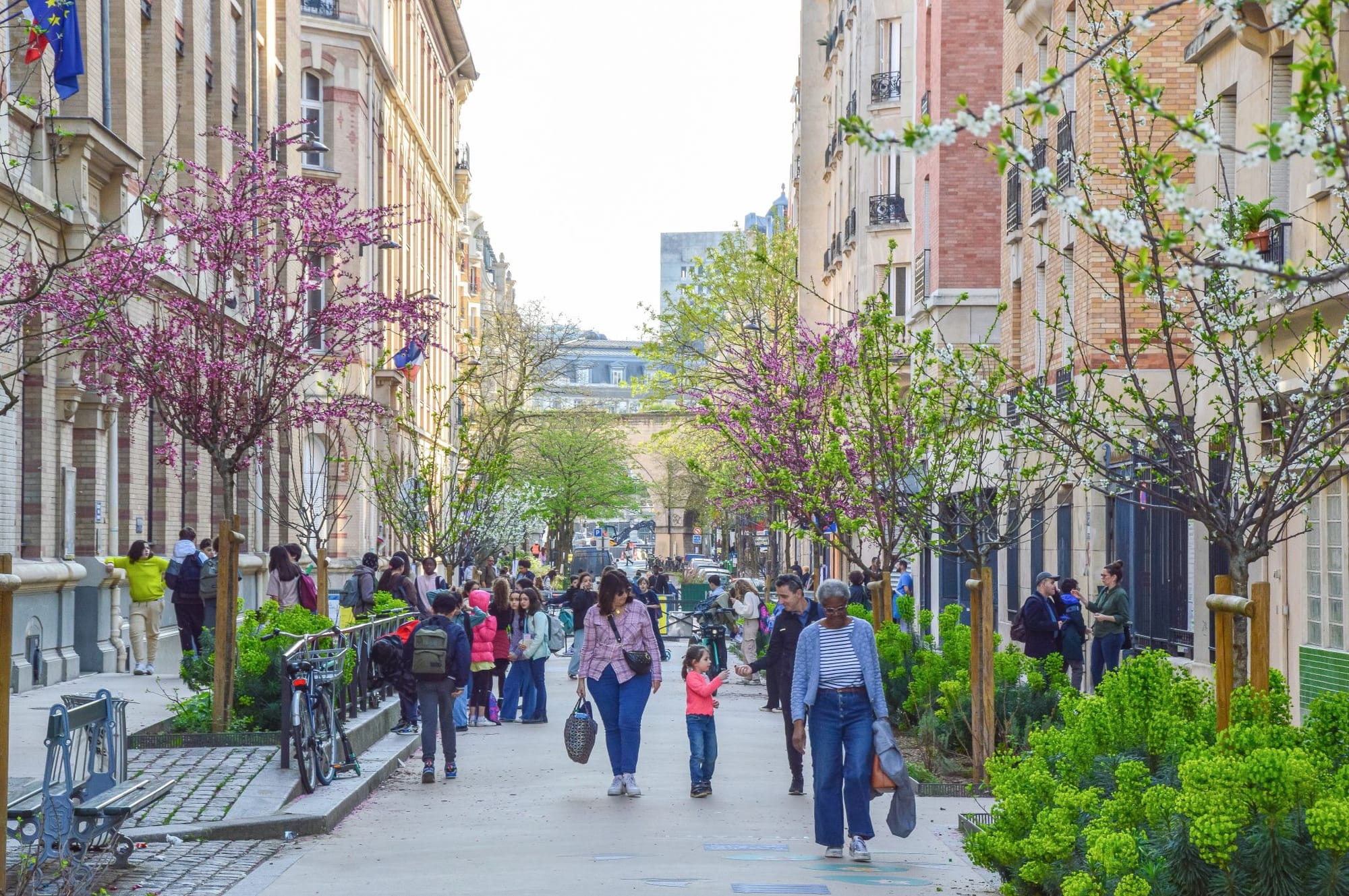The Missing Piece in Modern Architecture.
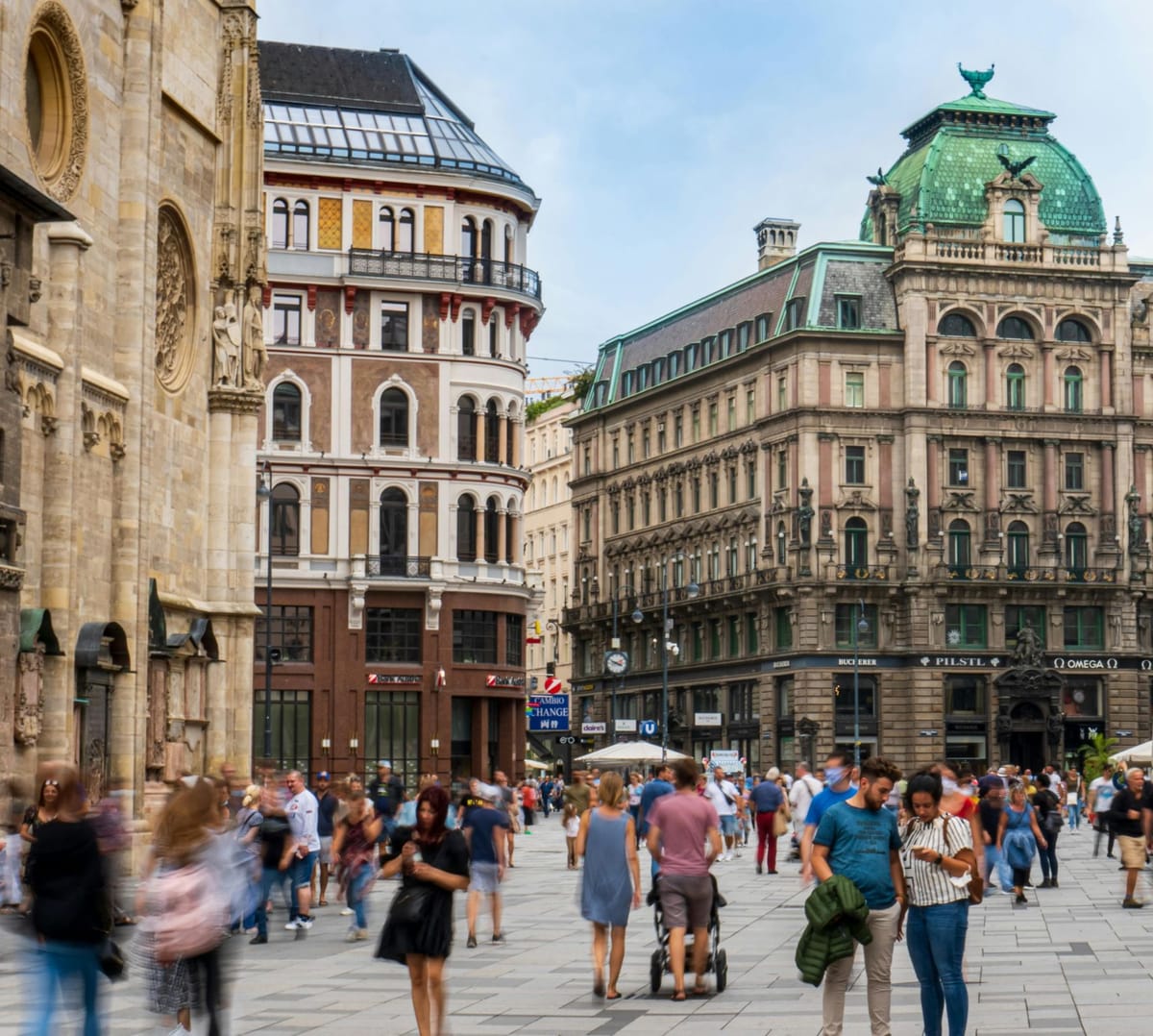
Modern buildings can look stunning on their own but lose their impact when they become too common.
The purpose of architecture is to create a human environment. It’s not just about the building itself, but about how the building connects people to their surroundings. —Eero Saarinen:
When a bunch of people come together and form a community with care, love, intention and trust, it becomes a special place. And it takes time and continuous effort to curate people from different backgrounds and worldview, plop them into one place, and give them a good enough reason to stay.
But once that's done, the community feels solid. There's room for improvement, of course, but not a complete makeover. The foundation for what people around here do is established.
Over time, new members with similar interests join the community.
And then, one day, two people with completely different belief systems are invited by one of the members.
The community warms up to them, keeping an open mind. However, the two pitch ideas that don't match the existing grain in the slightest. They're promoting more convenience, higher pay, less work, and multiple projects at once. Not a bad deal, huh? Some members squirm, but others are convinced.
Those who are not convinced aren't resistant, they're just being thoughtful. They can't help but wonder, is this too good to be true? After all, they’ve seen the allure of shortcuts before, and that story rarely leads to fulfilment or meaning.
It's like the difference between a fleeting romance and a lifelong partnership, one dazzles momentarily, the other stands the test of time.
And there's a reason the search is usually for the latter and why it's valued.
Now, let's apply the same logic to buildings.
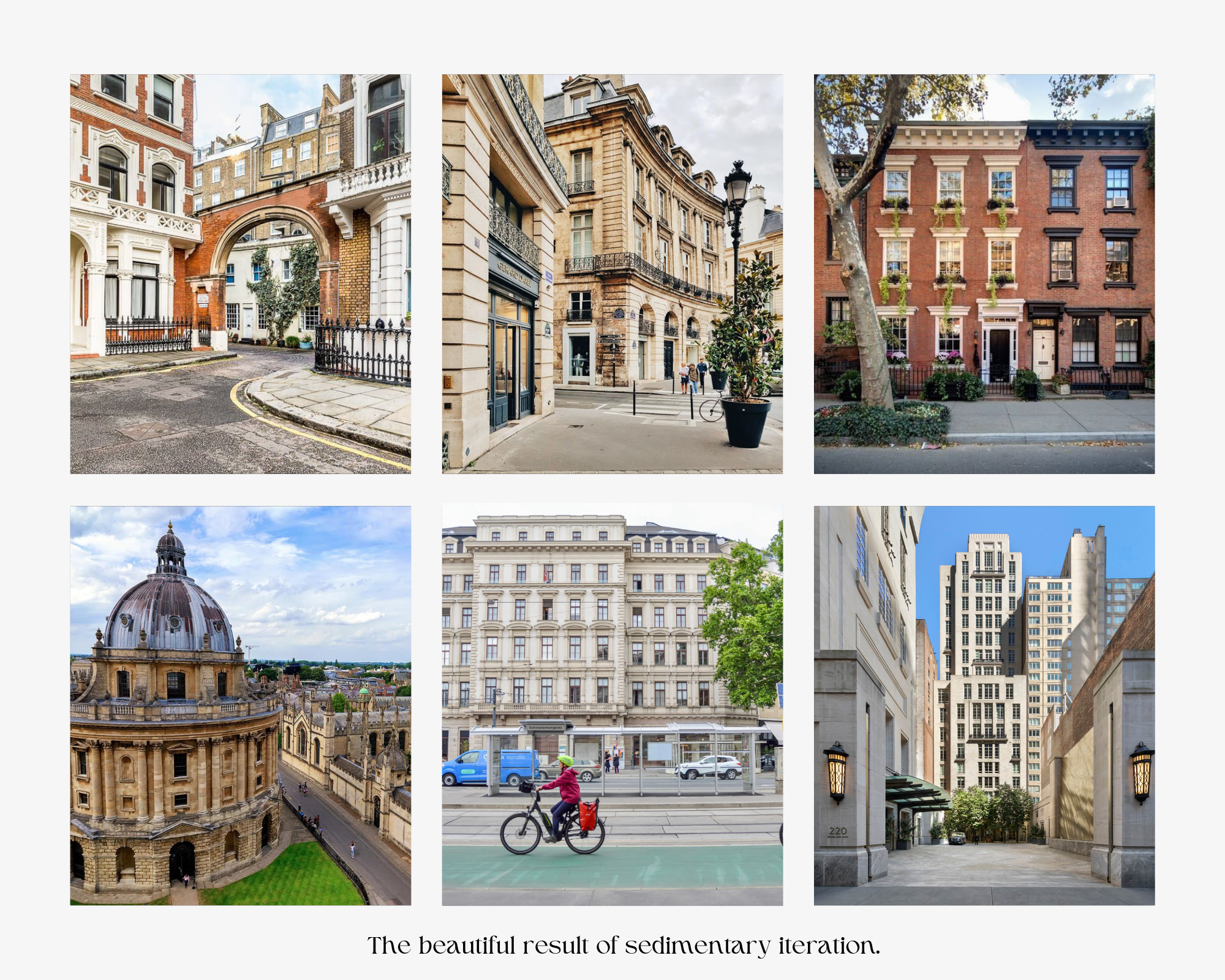
Culture is about layering ideas, each contributing to the next. When you ignore the foundation or what came before, you don’t just erase history; you create a void where only fleeting trends can then take root.
Classical architecture isn’t a flash-in-the-pan.
It’s the result of decades of relentless effort, reiteration, logic, and creativity, all anchored in long-term thinking. This is work crafted with patience and intention, not haste. Yet, we throw it all away for the sake quicker fixes, cheaper solutions, and the elusive promise of efficiency.
Money is a valid reason, but it’s not always the real reason for avoiding something. It's rarely just one factor, there’s often a backstory. Like, maybe it’s not that the tea is bad because of the leaves alone, but because you over steeped it?
Or that even though you designed an entire 3,850 sq. ft. apartment in a Parisian style, it still doesn’t feel like Paris. Every time you look out the window, it’s a reminder: you’re miles away from the City of Light. Nice try.
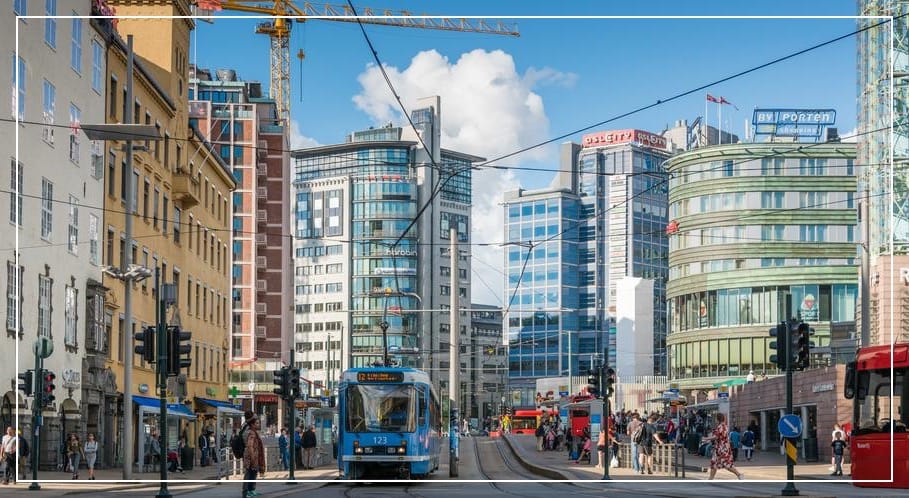
Now, of course, in the face of pressing issues like hunger, disease, and loss, beauty can seem far-fetched and even frivolous. Which is more than fair. But once things return to a semblance of normalcy, isn’t that what we’re searching for while we’re still here?
It’s the touchstone that makes life about more than just survival.
For example, when heading to the park just down the street, you might stop by a bookstore. You browse through different genres, authors, and categories. Even though you're only looking for a light read to enjoy during your stroll, you don't pick just about anything.
You want the book to spark something in you, to inspire and blow you away, even if it’s just a subtle jolt. ‘Otherwise, what’s the point of reading?’ What matters is that the book is worth your time.
In a fictional book, the characters, plot, tension, resolution, suspense, joy, thousands of words strung together, and heavy goodbyes are all made-up elements. But when it rings true or nudges something within you, it becomes your own story.
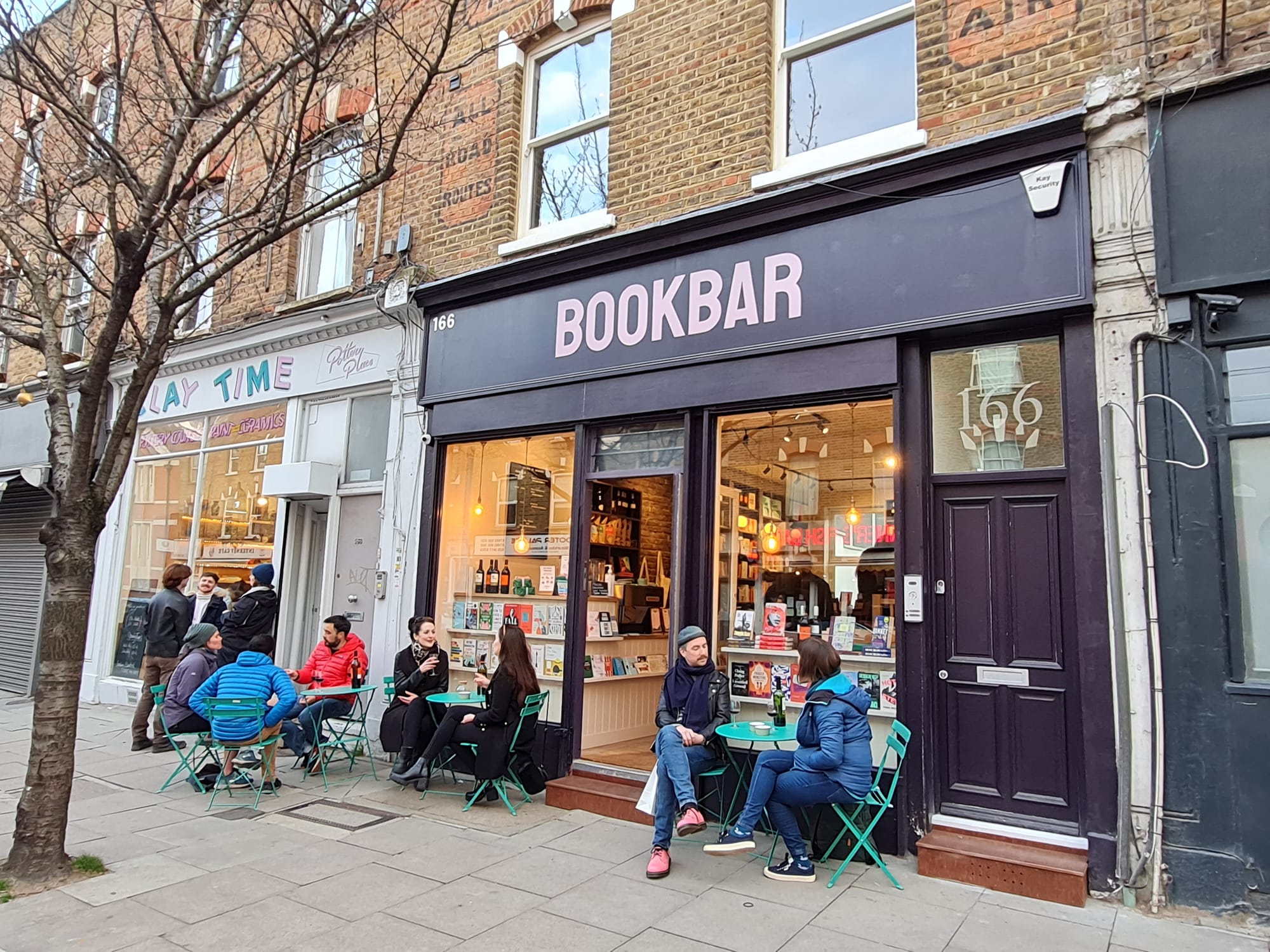
It becomes yours because it offers enough nuance and a variety of elements for you to find a piece of yourself in it.
Nuance is the reason for which we go above and beyond.
So, why would it be any different for buildings? A fork in the road for most architects is deciding what to do with the existing architectural elements: Do we give them a chance, considering the beauty they can bring, or do we abandon them simply because it’s time-consuming and doesn’t "fit" with the times?
Would you prefer a script that’s perfect but has typos every third sentence, or a rather dull one with flawless spellcheck? Probably neither.
The best work balances both—good grammar and a good story. And the same principle applies to buildings: it’s not just about precision but also about creating something that's beautiful and the one that's here to stay.
In the end we have to do what we have to do. Might as well do it right the first time, so it doesn't need to be redone every 7 years.
You could either make average buildings for people who expect average it to be average, or be the one who goes beyond the baseline expectation and give them something that delights them.
Just remember, your choice will shape an entire city, one building at a time.
